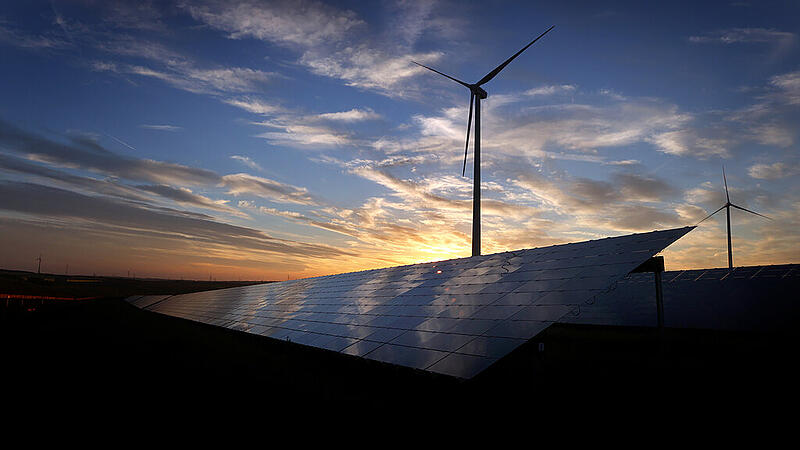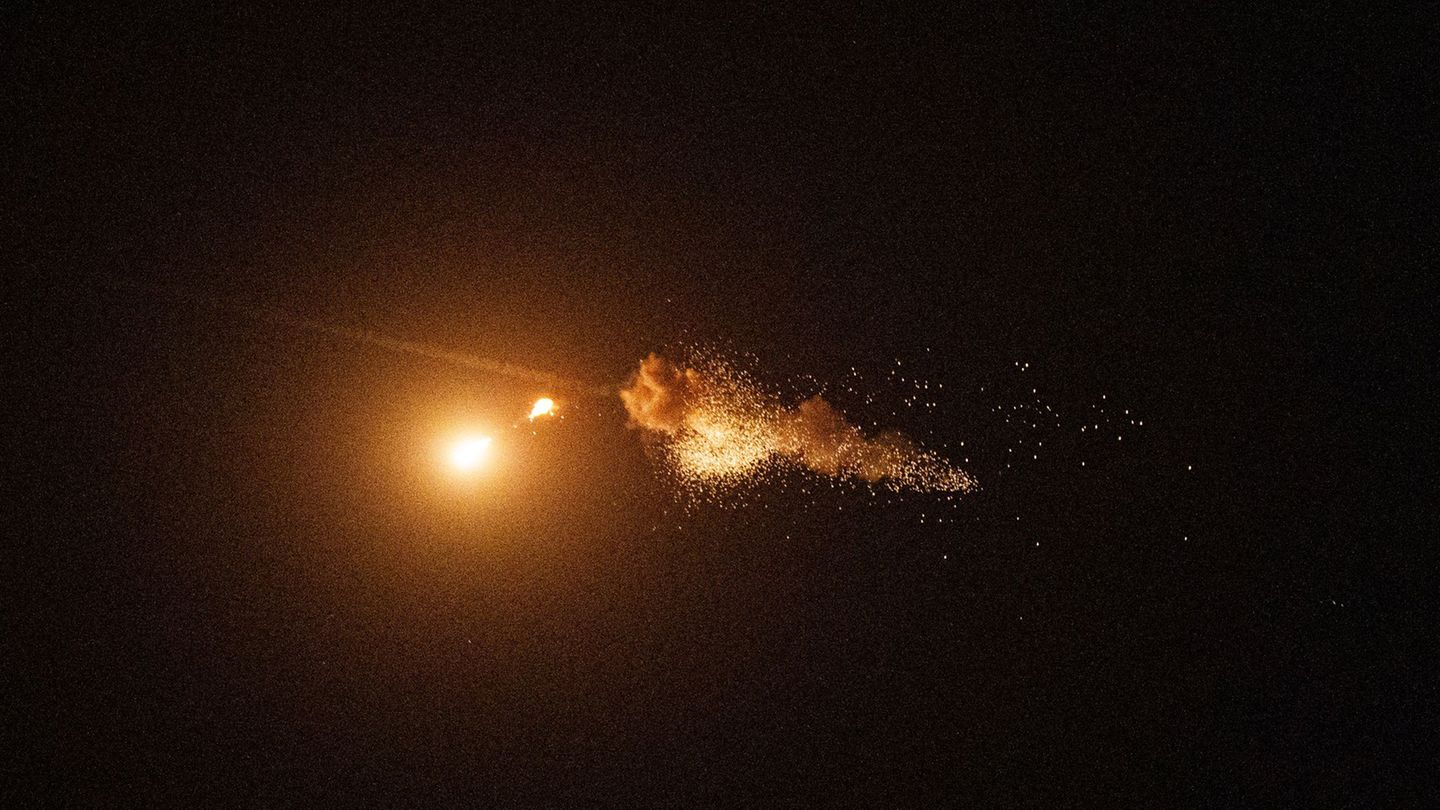Image: APA/DPA/KARL-JOSEF HILDENBRAND
The Environment Ministry announced this on Friday with reference to projections from the Fraunhofer Institute. In an EU comparison, Austria will rank second in 2023 behind Luxembourg (89.6 percent). They are followed by Lithuania (80.2 percent) and Denmark (81.5 percent).
According to the ministry, the increase is primarily due to the significant increase in photovoltaics. Their share of electricity generation more than doubled from 0.98 terawatt hours (TWh) in 2022 to 2.35 TWh in 2023. This means that photovoltaics now contribute 4.4 percent to Austrian electricity generation. To a large extent, the most recent photovoltaic expansion will only become apparent this year.
According to the information, the share of wind power in electricity generation has also increased: it rose from 7.19 TWh in 2022 to 8.26 TWh last year. For the first time, wind power contributed more than 15 percent to Austrian electricity generation.
In contrast, according to the ministry, electricity generation from non-renewable sources has decreased: in 2023, around 7.01 TWh was generated from non-renewable sources, while in 2022 it was around 10.78 TWh. In particular, electricity generation from natural gas has been significantly reduced: from 10.15 TWh in 2022 to 6.38 TWh in 2023.
In total, around 54 TWh of electricity was generated in Austria in 2023, a good 4 TWh more than in 2022 (49.4 TWh). Last year, 46.99 TWh came from renewables. In 2022, around 39.15 TWh of electricity was generated from renewables, an increase of 7.84 TWh, as the ministry told the APA.
more from economics




